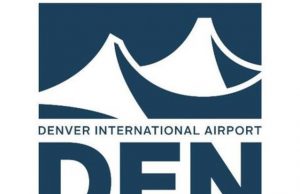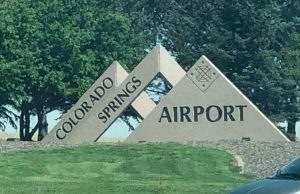How Many Airports are There in Colorado?
Colorado has 265 airports, 79 of which relate to the public sector. The state has a single international airport (Denver International Airport). Currently, it’s one of a few airports in the US, serving international flights. It’s also the biggest of airports in Colorado serving 69 million passengers annually (as of 2019). However, among smaller airports, some also serve as local hubs. Most airports can accommodate multiple aircraft types and sizes, making them popular with private plane owners.
In terms of the number of passengers landing and departing at Colorado airports, the state accounts for 3.89 percent of total air travel in the United States.
The list of the major airports is the following:



